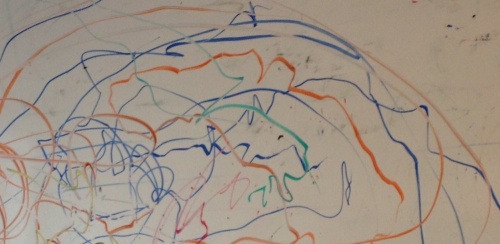Difference between revisions of "20.109(S14):Phylogenetic and primer analyses (Day7)"
From Course Wiki
(New page: Somewheres here: Somewhere later (D7?): We might ask: If two microbiomes are phylogenetically different, but functionally equivalent, does that mean they will be susceptible or resistant ...) |
|||
| Line 1: | Line 1: | ||
| + | {{Template:20.109(S14)}} | ||
| + | |||
| + | <div style="padding: 10px; width: 640px; border: 5px solid #FF6600;"> | ||
| + | |||
| + | ==Introduction== | ||
| + | |||
| + | ==Protocols== | ||
| + | |||
| + | ==For next time== | ||
| + | |||
| + | ==Reagent list== | ||
| + | |||
| + | write something here or not accessible to edit | ||
| + | |||
Somewheres here: | Somewheres here: | ||
Somewhere later (D7?): We might ask: If two microbiomes are phylogenetically different, but functionally equivalent, does that mean they will be susceptible or resistant to similar pathogens? What do differences in microbiome structure mean for a bird’s ability to carry influenza virus, microsporidia, giardia species, or other gull associated microbes? | Somewhere later (D7?): We might ask: If two microbiomes are phylogenetically different, but functionally equivalent, does that mean they will be susceptible or resistant to similar pathogens? What do differences in microbiome structure mean for a bird’s ability to carry influenza virus, microsporidia, giardia species, or other gull associated microbes? | ||
Revision as of 18:48, 2 January 2014
Introduction
Protocols
For next time
Reagent list
write something here or not accessible to edit
Somewheres here:
Somewhere later (D7?): We might ask: If two microbiomes are phylogenetically different, but functionally equivalent, does that mean they will be susceptible or resistant to similar pathogens? What do differences in microbiome structure mean for a bird’s ability to carry influenza virus, microsporidia, giardia species, or other gull associated microbes?